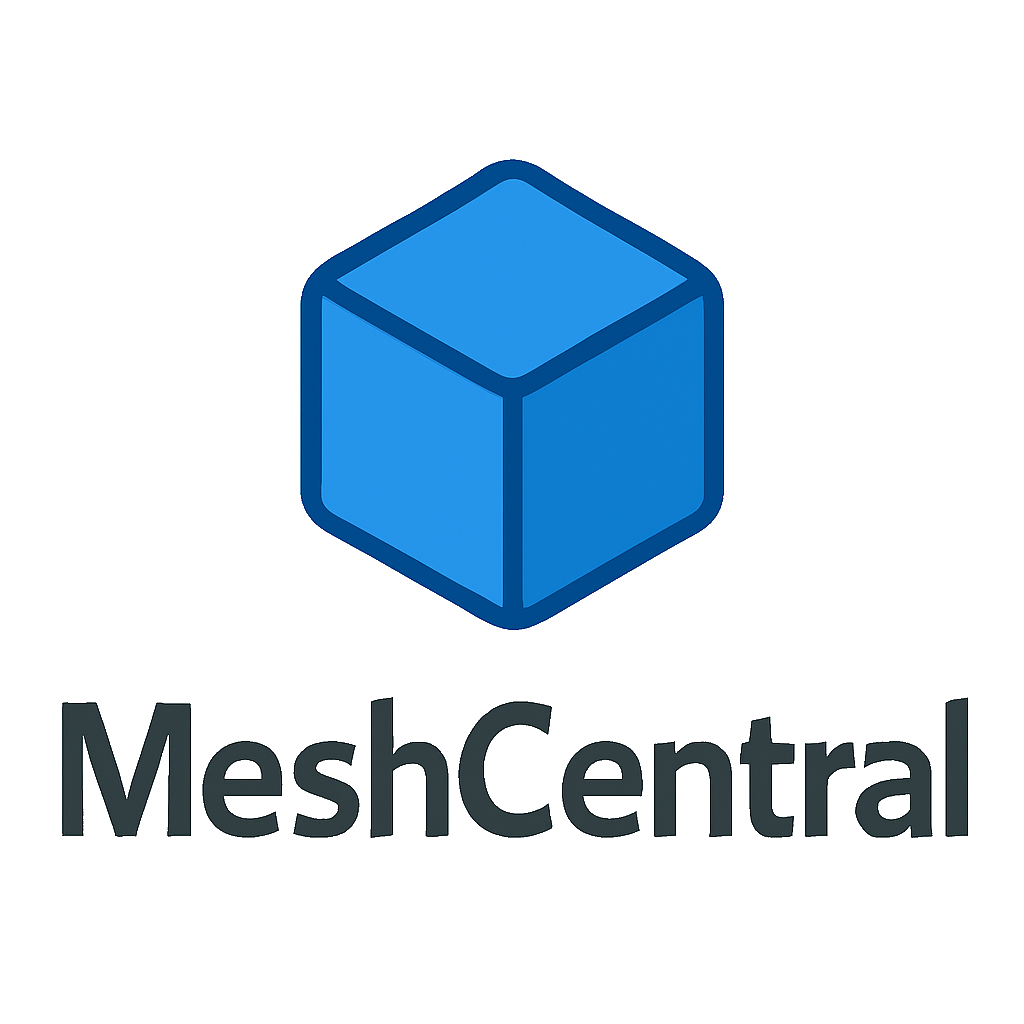MeshCentral: Remote Access That Runs on Your Own Terms
There’s no shortage of remote access tools — but most of them ask for something in return: control over your infrastructure, user data, or recurring fees. MeshCentral flips that model on its head. It’s an open-source, self-hosted system that puts remote desktop, terminal access, and full device management under your own roof — no third-party servers, no licenses, no phoning home.
Once installed, MeshCentral becomes the nerve center for managing machines across town or across the globe. It works through the browser. It talks to Windows, Linux, and macOS. And it’s surprisingly lightweight — a single Node.js process is often all it takes.
It’s not fancy. It’s not corporate-polished. But for sysadmins, MSPs, and anyone dealing with remote endpoints, it gets the job done — and then some.
Why MeshCentral Is Still Worth the Setup
| Feature | Real-World Benefit |
| Fully self-hosted | No cloud dependency — everything runs from your server |
| Cross-platform agents | Works with Windows, Linux, macOS (and can run headless) |
| Remote desktop & shell | Control GUI or terminal sessions with browser-based tools |
| File transfer | Upload/download or push scripts to remote devices |
| User groups & MFA | Role-based access and 2FA for better security |
| Out-of-band access | Wake-on-LAN and power cycling (if supported) |
MeshCentral vs the Alternatives
| Tool | Designed For | MeshCentral’s Niche |
| TeamViewer | Fast, polished end-user support | MeshCentral is private, flexible, and open |
| AnyDesk | Easy remote help | MeshCentral scales better for multi-user setups |
| NoMachine | High-fidelity desktop streaming | MeshCentral wins on simplicity and deployment |
| RustDesk | Peer-to-peer model | MeshCentral adds central management and control |
| Guacamole | RDP/VNC gateway | MeshCentral integrates more native features |
Getting Started (Without Losing a Weekend)
MeshCentral installs like most Node.js apps — fast and fairly painless if you’re used to command-line work.
Steps:
1. Install Node.js and create a new directory
2. Run `npm install meshcentral`
3. Launch it with `node node_modules/meshcentral`
4. Open the browser and finish setup via web UI
5. Deploy agents or let users connect with device codes
Everything is configurable in `meshcentral-data/config.json`. You get to choose ports, protocols, certificate settings, and access policies.
Where It Really Shines
MSPs managing dozens or hundreds of customer endpoints
Lab environments with mixed OSes and irregular uptime
Internal IT teams who want full control over remote workflows
Organizations with compliance needs that forbid external services
Edge environments where devices may be behind NAT or firewalls
MeshCentral isn’t plug-and-play, and it won’t win UX awards. But it’s one of the few tools that gives you real remote access and real control. For many teams, that balance is exactly what’s missing elsewhere.

